Planting mint: at home and in the country

Mint is a highly aromatic perennial plant with serrated leaves and tiny purple, pink, or white flowers that has one of the most recognizable aromas. It is most often used to flavor dishes or as garnishes, although many types of mint are also grown for their unique flavors.
Content:
- Growing mint at home
- How to plant mint in a pot
- How to grow mint on a windowsill
- Planting mint in the country
Growing mint at home
Mint propagates in two ways
- seeds
- cuttings
You can also divide an existing bush into several individual plants. To do this, the plant is dug up, dried a little and divided.
This aromatic plant is difficult to grow from seed and is nearly impossible for some varieties. So that all efforts are not in vain, you need to carefully prepare, and first choose a suitable place:
- Mint is thriving in plenty of sunlight. However, it does not like dry conditions, which makes it necessary to plant in partial shade. The plant must receive at least 4 hours of sun per day. Windows that face south or southwest may be a better choice, although east or west exposure would also be acceptable. The windows on the north side are not well lit.
- The plant is stable and unpretentious, but the optimal soil composition and proper placement will give the best results. It is recommended to choose a moist, well-drained location.
The best soil for mint is fertile and well-drained.Waterlogged soil will produce a less attractive plant. You can use special preparations that create better growing conditions, but mint will thrive in almost any soil.
How to plant mint seeds
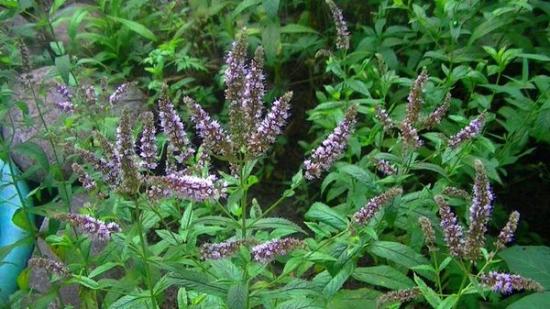
Growing mint from seed can be quite a difficult task and is not generally recommended for beginning gardeners. If this particular planting method is chosen, then the seeds are planted in pots or trays in which the surface of the earth is barely moist. The depth is no more than 0.5 cm. The tray with the seeds must be placed in a place with a temperature of 21-24 ° C or covered with transparent plastic film until they germinate, usually this takes 7 - 16 days.
When the seedlings become large enough, they must be transplanted into pots with a diameter of at least 8 cm and placed in cooler conditions to gradually acclimatize the mint to external conditions. After 7 - 10 days you can begin planting outdoors. It is better to place the plant in the sun or partial shade at a distance of 30 cm from each other. In addition, mint grows well in containers where its rapid growth can be controlled.
Propagation of mint by cuttings
Cuttings are easier to grow mint. To do this, you need to cut a branch, about ten centimeters, on which the node with leaves is located, to allow the new bush to grow in its place. You need to place the twig in a glass of water. Within a week, small white roots will begin to appear on it, which should be under water. You need to wait a few days or a week for the roots to develop to a decent length. You need to add water to the glass as needed.
If you plan to plant a new bush in the ground, then it is better to start growing mint in the spring, when there is no frost outside.Although mint is a hardy plant, it is best to start growing it in optimal conditions.
Regardless of whether the mint grows in the ground or in a container, the cuttings are planted 5 centimeters deep. If several seedlings are planted, they are placed 15 centimeters from each other. This will give each seedling enough room to grow.
The best place for a new bush to live is one that receives morning sun and part afternoon sun. To make the bush lush, it is not recommended to dry it completely. You can place the mint pot indoors on the windowsill, as long as it is in a place that will receive enough sunlight, it will grow well.
The best conditions for growing mint in the ground are fertile soil with a pH level that is between 6.0 and 7.0. Although the bush can grow on its own without problems, a little fertilizer every few weeks won't hurt it. Placing mulch around the plant can protect the roots and retain moisture.
How to plant mint in a pot
You can transplant a ready-made mint seedling into a pot or grow it from seeds. As with most herbs, it is important to maintain water balance, as too much moisture will cause the roots to rot. To prevent this from happening, it is necessary to put a layer of drainage on the bottom of the pot. There should be holes at the bottom through which excess water will drain. You need to use a saucer or tray under the pot to collect it.
Clay pots can be used for planting, but they can dry out quickly.If the climate is predominantly dry or the plant will be kept indoors during the winter, when the house will be heated and the air will become particularly dry, then it is better to use a plastic container or pot, which will not dry out as quickly as clay.
If other herbs will grow in the pot besides mint, then it is better to take dishes with a diameter of 30 centimeters or more. To prevent the bush from growing too much, you can immerse the entire small pot with the plant in a larger one, leaving space nearby for other herbs.
How to grow mint on a windowsill
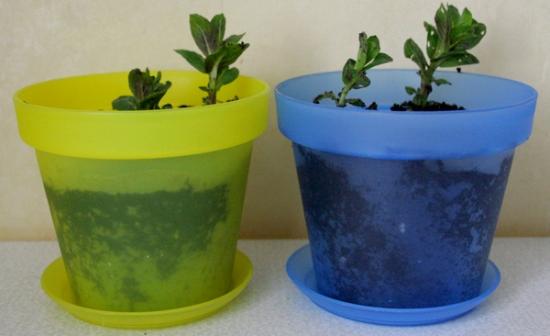
The main feature of growing mint bush on the windowsill is to maintain the temperature regime. At night, the temperature near the window may drop, which will not be comfortable for the flower. It is necessary to protect the foliage from touching the glass to prevent their death.
If there is a lot of sun and warmth on the windowsill, then the bush should flourish, but you should not keep it cool. The leaves will droop and disappear after a while in the cool air.
It is important to remember that the air near a window will be colder in the winter (and hotter in the summer) than the average room temperature, so you need to adjust the plant accordingly.
Dry air, from air conditioning or heating, has a detrimental effect on most herbs, so if possible, a weekly shower in the sink will have a good effect on the appearance. In addition, you need to fertilize the bushes about once a month if the leaves are torn off regularly.
Planting mint in the country
Growing a mint bush in the country is no different from growing it on a windowsill.
If you plan to grow a mint bush in a flower garden, then first you need to immerse it in a container, for example, in a pan.The edge of the container should be left above ground level so that the root system is separate from the rest of the plants. If you don't do this, the mint will grow on your lawn like a weed.
The top of the plant should be kept trimmed. This prevents it from growing too tall, and causes the bush to grow more to the side. This also creates a higher yield. The reason for too active growth upward may be a lack of moisture.
The bush blooms from June to September. Gardeners recommend trimming the buds before they begin to open to keep the plant under control. The plant should be divided every two or three years. After a few years, the roots will completely occupy the space of the container, as a result of which they will become cramped. Replanting mint every 2-3 or even 3-4 years will help preserve the aroma and taste of mint, maintaining its beauty and strength.
Growing mint in the country, you need to watch out for pests and diseases. It can be infested by insects such as spider mites, root weevils, whiteflies and slugs. To avoid this you just need to provide good air and soil circulation and good drainage to keep the plant healthy. If any insects are noticed, they should be washed off with water from a garden hose. You can also wash the leaves with insecticidal soap. It is also necessary to look for pests under the leaves of plants. This is the place where they would like to hide.
The mint harvest is used in many areas of life. Here are some great uses:
- Serve as an addition to fish, chicken, lamb, or other protein dish.
- Season salads, such as fruit salads.
- Use in drinks such as iced tea, lemonade or mojito cocktail.
Useful video about growing mint at home:
Interesting information about the vegetable garden

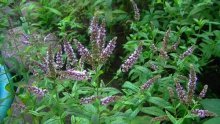
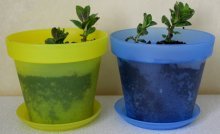
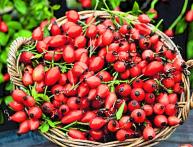
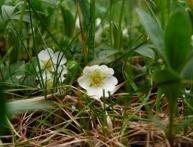


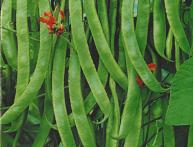
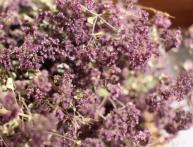
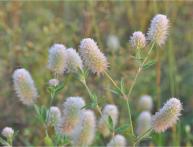

Comments
One year I planted mint in my dacha and was surprised at how quickly it filled most of the plot. I also have lemon balm in my garden. The whole family drinks invigorating tea with mint and lemon balm, calms our nerves, recharges ourselves with vitamins, but we must not forget that these are feminine herbs.
I love mint and drink mint tea every day, buy it fresh at a kiosk near my house, but now I’ll try to grow it myself, thank you from the bottom of my heart for the article!!!
We grow mint in our garden. I really like adding it to various dishes - it is especially good as a decoration for salads. My children love mint tea, but my husband turns his nose up at it and says that men shouldn’t have it. Is it really impossible to drink tea at least once a day??
Mint and lemon balm grow in our garden; they have grown very large, so when planting you need to take this into account and choose a suitable place. We love drinking tea with these herbs and love using infusions from them for steam baths.